Bluecrop Blueberry
- June 15, 2023
- 0 comment
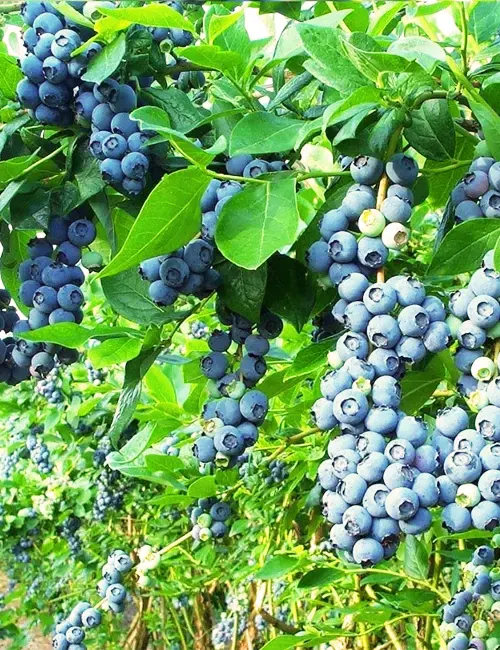
Common Name: Bluecrop Blueberry
Botanical Name: Vaccinium corymbosum ‘Bluecrop’
Family: Ericaceae
Plant Type: Deciduous fruit-bearing shrub/tree
When it comes to versatile and delicious fruit-bearing trees, the Bluecrop Blueberry (Vaccinium corymbosum ‘Bluecrop’) stands out as a popular choice among gardeners and fruit enthusiasts. With its abundance of sweet berries and attractive foliage, this blueberry tree has captured the hearts of many. Let’s delve into the fascinating details of the Bluecrop Blueberry, from its origins and characteristics to care tips and frequently asked questions.
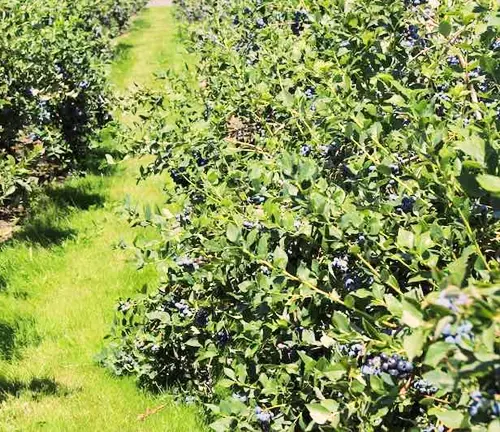
Mature Size and Growth Rate
The Bluecrop Blueberry typically reaches a mature height of 4-6 feet (1.2-1.8 meters) and a width of 3-4 feet (0.9-1.2 meters). It exhibits a moderate growth rate, making it an excellent addition to home gardens and landscapes.
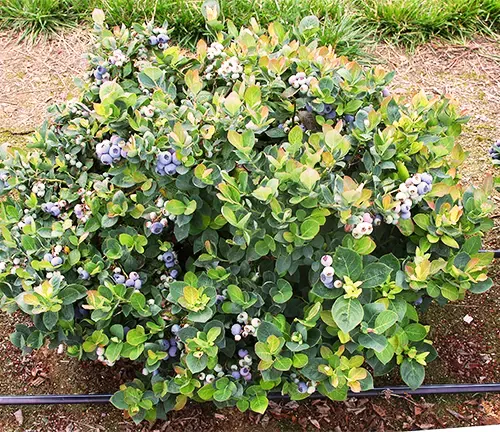
Soil Type
These blueberry trees thrive in well-drained, acidic soil with a pH range between 4.0 and 5.0. They require soil rich in organic matter to provide the necessary nutrients for healthy growth.
Soil Preference
Bluecrop Blueberries prefer slightly moist soil conditions. Consistently moist, but not waterlogged, the soil is ideal for their growth and fruit production.
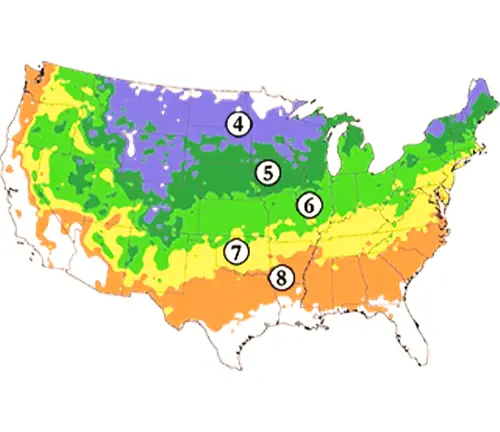
Hardiness Zones
Bluecrop Blueberries are well-suited to hardiness zones 4-8. They can tolerate colder temperatures, making them suitable for various regions.
Sun Preference
To achieve optimal growth and fruit production, Bluecrop Blueberries require full sun exposure. They thrive when provided with a minimum of 6-8 hours of direct sunlight each day.
Attributes:
The Bluecrop Blueberry boasts several notable attributes, including:
- Abundant clusters of plump, flavorful berries.
- Bell-shaped, white, or pinkish flowers in spring, attract pollinators.
- Attractive green foliage that turns vibrant shades of red, orange, and yellow in the fall.
- Compact and manageable size, suitable for both container gardening and larger landscapes.
Wildlife Value
Bluecrop Blueberry trees are highly valued by wildlife. Birds are particularly drawn to the fruit, making it important to protect the berries with netting or bird scare devices to ensure a bountiful harvest for yourself.
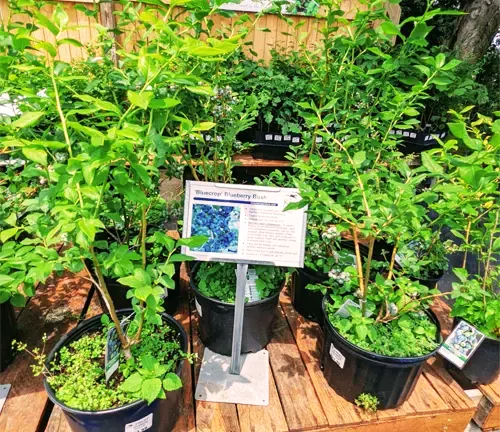
Care
To ensure the health and productivity of your Bluecrop Blueberry tree, consider the following care guidelines:
- Regular watering, aiming for consistent moisture levels.
- Mulching around the base of the tree to retain moisture and suppress weed growth.
- Annual fertilization with an acidic fertilizer specifically formulated for blueberries.
- Pruning to maintain shape, improve air circulation, and promote new growth.
- Protection from extreme cold or hot temperatures.
Benefits
The Bluecrop Blueberry tree offers numerous benefits, including:
- Delicious and nutritious berries rich in antioxidants, vitamins, and fiber.
- Versatility in culinary applications, such as pies, jams, smoothies, and fresh consumption.
- Ornamental beauty with attractive foliage and flowers, enhancing your landscape.
- Attracts beneficial pollinators to support overall garden health.
Invasive
The Bluecrop Blueberry is not considered invasive. In fact, its compact size and manageable growth make it an excellent addition to various landscapes and gardens.
Lifespan
When provided with proper care, Bluecrop Blueberry trees can live for 20-30 years, providing an abundant harvest of delicious berries throughout their lifespan.
Disadvantage
One potential disadvantage of Bluecrop Blueberry trees is their susceptibility to certain pests and diseases. However, with proper care and preventive measures, these issues can be minimized.

Edible or Not
Absolutely! The Bluecrop Blueberry tree produces delectable berries that are safe for consumption. They are highly sought after for their sweet and tangy flavor.
Habitat Requirements
Bluecrop Blueberries thrive in well-drained soil, acidic pH levels, and full sun exposure. These requirements make them suitable for a range of habitats, including home gardens, orchards, and larger landscapes.
Name Origin
The name “Bluecrop” reflects the deep blue color of the berries and signifies the plant’s high productivity. The “crop” part of the name emphasizes the abundant harvest these blueberry trees offer.
Characteristics
Bluecrop Blueberry trees exhibit the following characteristics:
- Upright growth habit with spreading branches.
- Deep green leaves with serrated edges.
- Clusters of medium to large-sized berries.
- Ripening in mid to late summer.
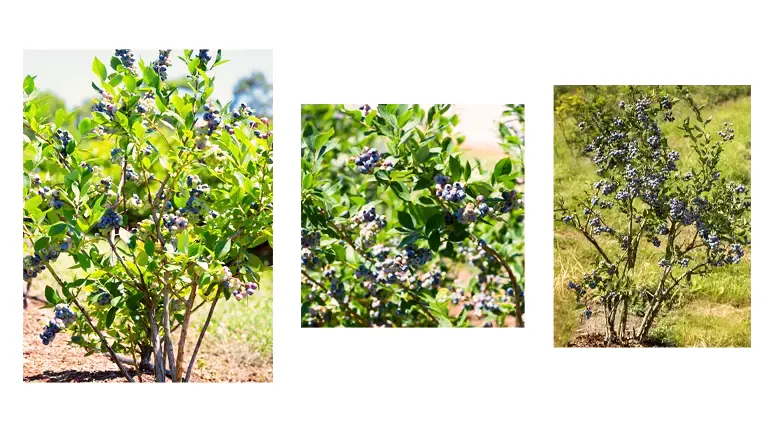
Varieties
While the Bluecrop Blueberry is a cultivar in its own right, there are several other blueberry varieties available, each with unique characteristics and flavor profiles. Some popular varieties include Duke, Elliot, and Chandler.
Pruning
Pruning is an essential aspect of Bluecrop Blueberry tree care. It is typically performed during late winter or early spring, before new growth emerges. Pruning helps maintain shape, remove dead or diseased wood, and improve airflow within the plant.
Propagating
Bluecrop Blueberries can be propagated through various methods, including stem cuttings, layering, or grafting. However, for home gardeners, purchasing young plants from reputable nurseries is the most common approach.
Common Pests & Diseases
Common pests that can affect Bluecrop Blueberry trees include aphids, spider mites, and fruit flies. Diseases such as powdery mildew, leaf spot, and root rot can also pose challenges. Implementing regular monitoring, good sanitation practices, and appropriate pest management strategies can help mitigate these issues.
Fun Facts:
- Bluecrop Blueberries are known for their high productivity, with individual plants yielding up to 10 pounds (4.5 kilograms) of berries per year.
- Blueberries are one of the few fruits native to North America.
- Blueberries are often referred to as “superfruits” due to their high concentration of antioxidants.
Frequently Asked Questions:
- Q: Can I grow Bluecrop Blueberries in containers?
A: Yes, Bluecrop Blueberries are well-suited for container gardening. Choose a large container with adequate drainage and acidic potting mix. - Q: How do I know when the berries are ripe for picking?
A: Ripe Bluecrop Blueberries will have a deep blue color, a slight give when gently squeezed, and a sweet aroma. - Q: Can I grow Bluecrop Blueberries from seeds?
A: While it is possible to grow Bluecrop Blueberries from seeds, it is a time-consuming process, and the resulting plants may not exhibit the same characteristics as the parent plant. It is generally recommended to start with young plants from reputable sources. - Q: Do Bluecrop Blueberries require cross-pollination?
A: While some blueberry varieties require cross-pollination for optimal fruit production, the Bluecrop Blueberry is self-fertile, meaning it can produce fruit without the need for another variety as a pollinator.
Conclusion
The Bluecrop Blueberry tree is a delightful addition to any garden or landscape, offering both beauty and bounty. With its versatile culinary applications, ornamental appeal, and the joy of harvesting your own sweet berries, it is no wonder this blueberry tree has become a favorite among fruit enthusiasts. By following proper care guidelines, you can enjoy the rewards of growing your own delicious Bluecrop Blueberries for years to come.

John Carlos
Forestry AuthorThe beauty of logging isn't just about felling trees. It's about understanding nature, mastering the art of chainsaws, and respecting the environment. I believe in sharing my experiences and knowledge, ensuring that we move towards a sustainable future together.

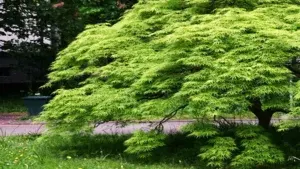

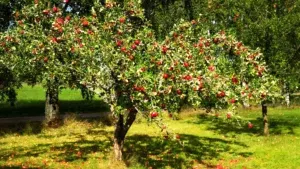
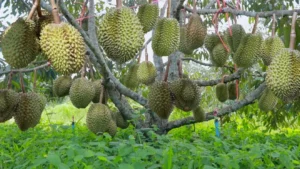

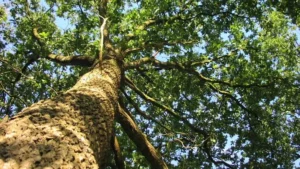
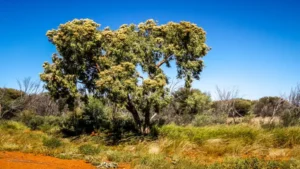

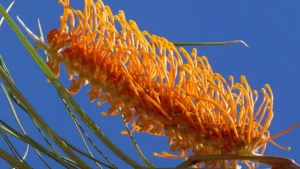
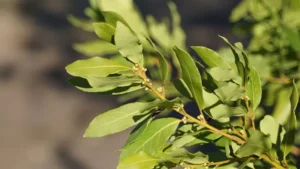
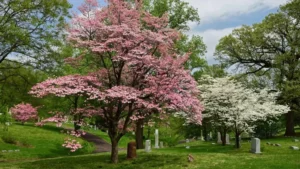

Leave your comment